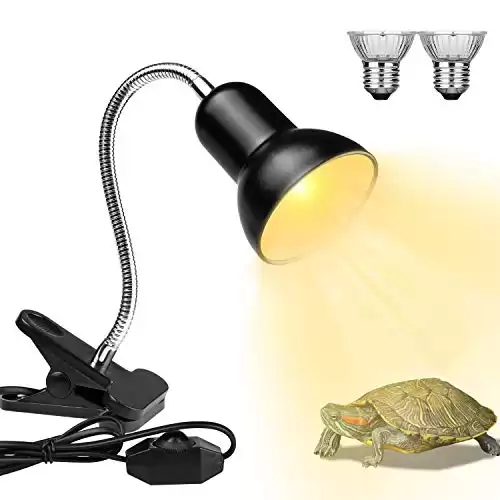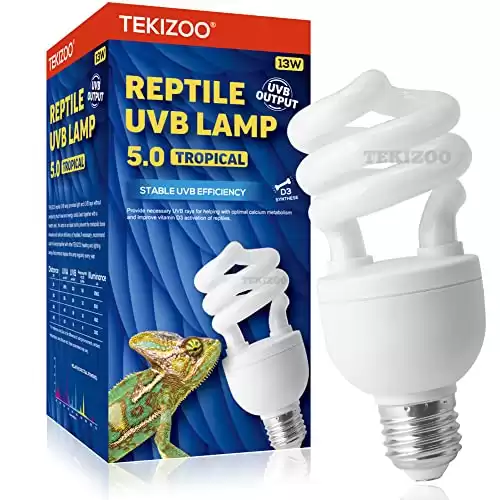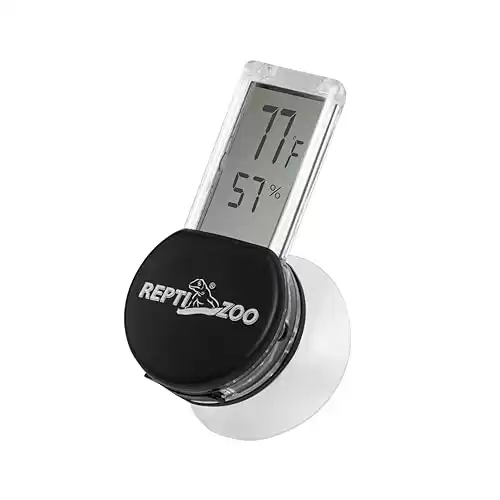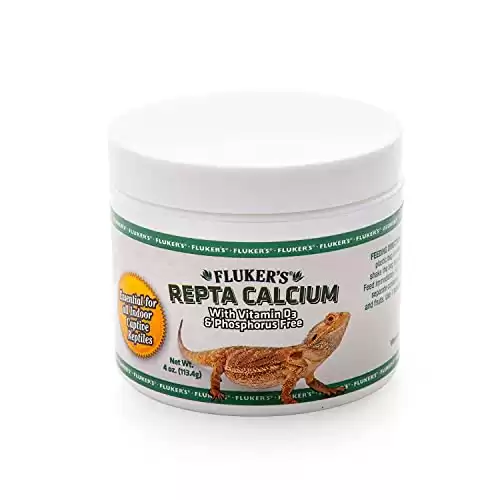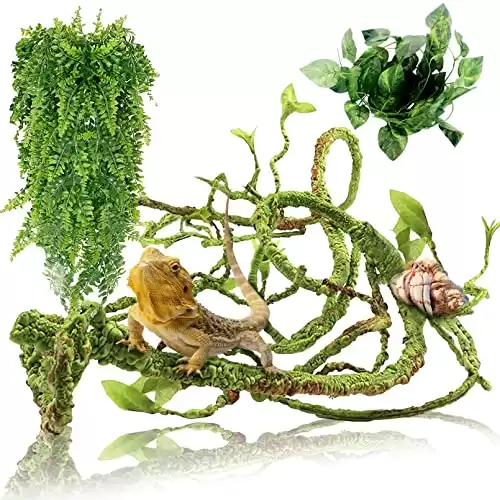Being albino doesn’t just make you unique, it also makes you beautiful. The same can be said for geckos. An Albino Leopard Gecko isn’t an everyday sight, which is why seeing one will surely stop you in your tracks for a few seconds.
In today’s article, we’ll learn more about snow cones!
Description of Albino Leopard Geckos
Let’s begin by describing those little white reptiles.
Characteristics of Albino Leopard Geckos
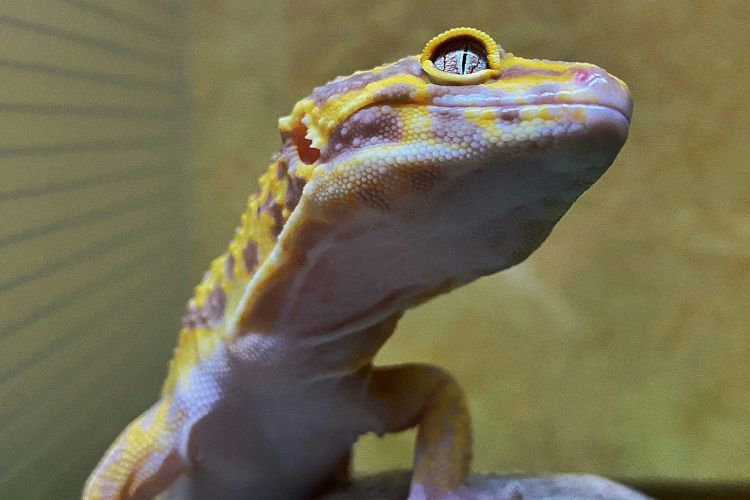
Unlike normal leopard geckos that showcase vibrant brown and black pigments, albino geckos have a remarkable absence of melanin, the black pigment.
As a result, their coloring primarily revolves around shades of yellow, orange, and sometimes pink, giving them a beautiful light appearance.
Their eyes, a key identifier, often shimmer with vivid shades of red or silver, setting them apart from their pigmented counterparts.
Subspecies of Albino Leopard Geckos
There are various subspecies, each with its own unique charm. The three main albino leopard gecko morphs are the Tremper Albino, Rainwater Albino, and Bell Albino.
The Tremper Albino, discovered by Ron Tremper, is the most common of the albino varieties. It boasts scales that can range from light brown to yellow and even pink, with enchanting silver eyes and red veins.
Rainwater Albino, following the Tremper morph, was founded by Tim Rainwater. Despite being albinos, they are known for their vibrant colors, often featuring pink or yellow bands and spots, with darker eyes compared to other albino morphs.
The Bell Albino, the most recent of the three, stands out with its light pink eyes and unique shades of lavender and yellow. Each of these subspecies possesses its own alluring traits, making the world of albino leopard geckos a diverse and captivating one.
Color Morphs of Albino Leopard Geckos
In addition to these three main morphs we mentioned earlier, there are also a number of other albino leopard gecko morphs that have been developed by breeders. These include:
- Hypomelanistic Tremper Albino: Hypomelanistic Tremper Albinos have less melanin than Tremper Albinos, resulting in a lighter overall color.
- Super Hypomelanistic Tremper Albino: Super Hypomelanistic Tremper Albinos have even less melanin than Hypomelanistic Tremper Albinos, resulting in a very light yellow or white color.
- Mack Snow Tremper Albino: Mack Snow Tremper Albinos have a snow-white base color with no spots or blotches. Their eyes are typically pink.
- Sunglow Tremper Albino: Sunglow Tremper Albinos have a bright yellow or orange base color with dark orange or red spots and blotches. Their eyes are typically silver with red veins.
All of these albino leopard gecko morphs are beautiful and unique in their own way. They are also relatively easy to care for, making them a good choice for both beginner and experienced reptile keepers.
Captive Care for an Albino Leopard Gecko
Bringing an Albino Leopard Gecko into your life is an exciting adventure, but taking care of it comes with responsibilities.
Housing Requirements for a Pet Albino Leopard Gecko
For a single gecko, a 20-gallon tank is sufficient, but if you plan to have more, increase the tank size by 10 gallons per additional gecko.
Maintain proper temperature control within the enclosure, providing a temperature gradient ranging from 79 to 86 degrees Fahrenheit during the day and slightly lower at night, never dropping below 68 degrees.
Adequate humidity levels are essential, maintained between 30% to 40%. To ensure proper ventilation, cover the tank with a screen top, allowing fresh air to circulate.
Choose an appropriate substrate for the tank, such as reptile carpet, paper towels, tile, or newspaper, to keep your gecko comfortable and safe.
Diet and Health Care Needs for Pet Albino Leopard Gecko:
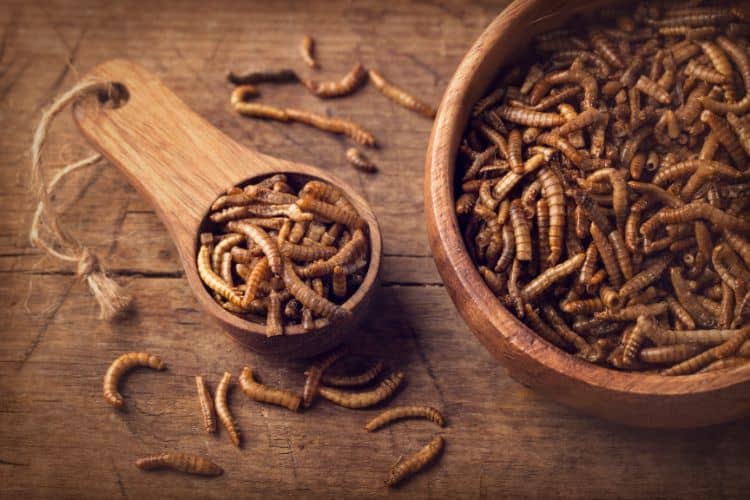
Your albino leopard gecko, like its pigmented counterparts, is an insectivore. Its diet should consist of feeder insects like crickets, mealworms, silkworms, and locusts.
To ensure their nutritional needs are met, dust the insects with
Avoid feeding them wild-caught insects, moths, fireflies, or cockroaches to prevent digestive issues.
Maintain a clean and healthy environment for your gecko. Regularly spot-clean the enclosure and replace the substrate as needed. Wash or replace the reptile carpet every 1-2 weeks to ensure a hygienic living space.
Common Illnesses Found in Captive Pet Albino Leopard Gecko
Here are some of the most common illnesses that can be found in captive albino leopard geckos:
- Metabolic bone disease (MBD): MBD is a condition that causes the bones to become weak and brittle. It is caused by a lack of
calcium and vitamin D3 in the diet. Symptoms of MBD include soft or rubbery bones, swelling around the joints, and difficulty moving. - Nutritional hyperlipidosis (fatty liver disease): This is a condition in which the liver becomes enlarged and filled with fat. It is caused by a diet that is too high in fat and too low in protein. Symptoms of fatty liver disease include weight loss, lethargy, and yellowing of the skin and eyes.
- Gastrointestinal (GI) parasites: GI parasites are tiny organisms that live in the gut and can cause a variety of health problems, including diarrhea, vomiting, and weight loss.
Wild Albino Leopard Geckos
While albino leopard geckos are often adored as pets, understanding their lives in the wild offers a fascinating glimpse into their natural behaviors.
Natural Habitat for Wild Albino Leopard Gecko
In the arid regions of India and Vietnam, albino leopard geckos find their natural habitat. These areas are characterized by harsh desert landscapes with rocky outcroppings and scrub vegetation.
These environments are perfect for these small reptiles to thrive in the wild.
Diets and Behaviors in the Wild
In their natural habitats, wild albino leopard geckos display nocturnal behaviors, avoiding the scorching daytime heat.
They become active during dawn and dusk, using the cooler hours for hunting insects, their primary source of food.
Breeding Habits in the Wild
In their natural habitat, wild albino leopard geckos engage in territorial disputes among males, fighting for dominance and mating rights.
Female geckos lay their eggs in hidden underground burrows. Their choice of suitable laying sites is critical for the survival of their offspring, ensuring the eggs remain safe from potential threats.
Final Words
Albino Leopard geckos are far lighter than your average Leopard gecko, but they still have that same sweet smile that can capture the heart of everyone.
If you’re planning to have one, make sure that you give it enough space, food, water, and warmth. They may not require much care, but they still need love and support.


